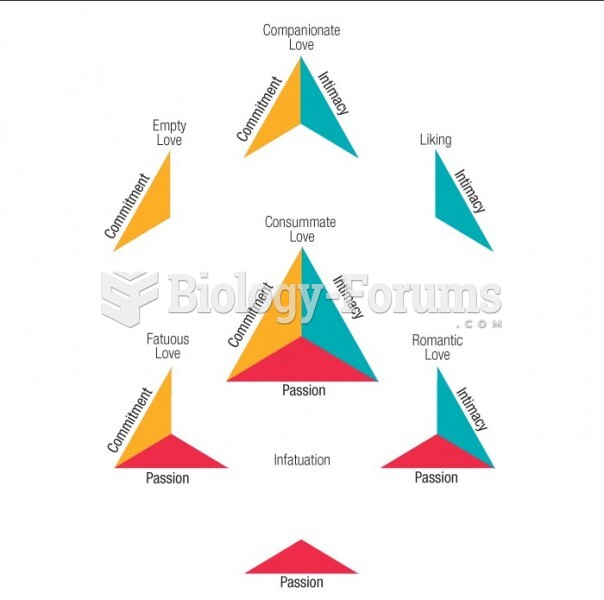Answer to Question 1
Our ideal culture emphasizes romantic love, which refers to a deep emotion, the satisfaction of significant needs, a caring for and acceptance of the person we love, and involvement in an intimate relationship. In the late 19th century, during the Industrial Revolution, the public sphere of work (men's sphere) emphasized self-reliance and independence. By contrast, the private sphere of the home (women's sphere) emphasized the giving of services, the exchange of gifts, and love. Accordingly, love and emotions became the domain of women, and work and rationality became the domain of men. According to sociologist Francesca Cancian, women tend to express their feelings verbally whereas men tend to express their love through nonverbal actions, such as running an errand for someone or repairing a child's broken toy. Love and intimacy are closely intertwined. Attitudes about cohabitation have changed in the past three decades. The text defines cohabitation as referring to a couple who live together without being legally married. Based on Census Bureau data, the people who are most likely to cohabit are under age 45, have been married before, or are older individuals who do not want to lose financial benefits (such as retirement benefits) that are contingent upon not remarrying. Among younger people, employed couples are more likely to cohabit than college students. For couples who plan to eventually get married, cohabitation somewhat follows the two-stage marriage pattern set out by anthropologist Margaret Mead, who argued that dating patterns in the United States are not adequate preparation for marriage and parenting responsibilities.
Instead, Mead suggested that marriage should occur in two stages, each with its own ceremony and responsibilities. In the first stage, the individual marriage, two people would make a serious commitment to each other but agree not have children during this stage. In the second stage, the parental marriage, the couple would decide to have children and to share responsibility for the children's upbringing. Studies over the past decade have supported the proposition that couples who cohabit before marriage do not necessarily have a stable relationship following marriage. In the United States, many lesbian and gay couples cohabit because they cannot enter into a legally recognized marital relationship. Recently, some gay and lesbian activists have sought recognition of domestic partnershiphousehol d partnerships in which an unmarried couple lives together in a committed, sexually intimate relationship and is granted the same rights and benefits as those accorded to married heterosexual couples.
Answer to Question 2
a







